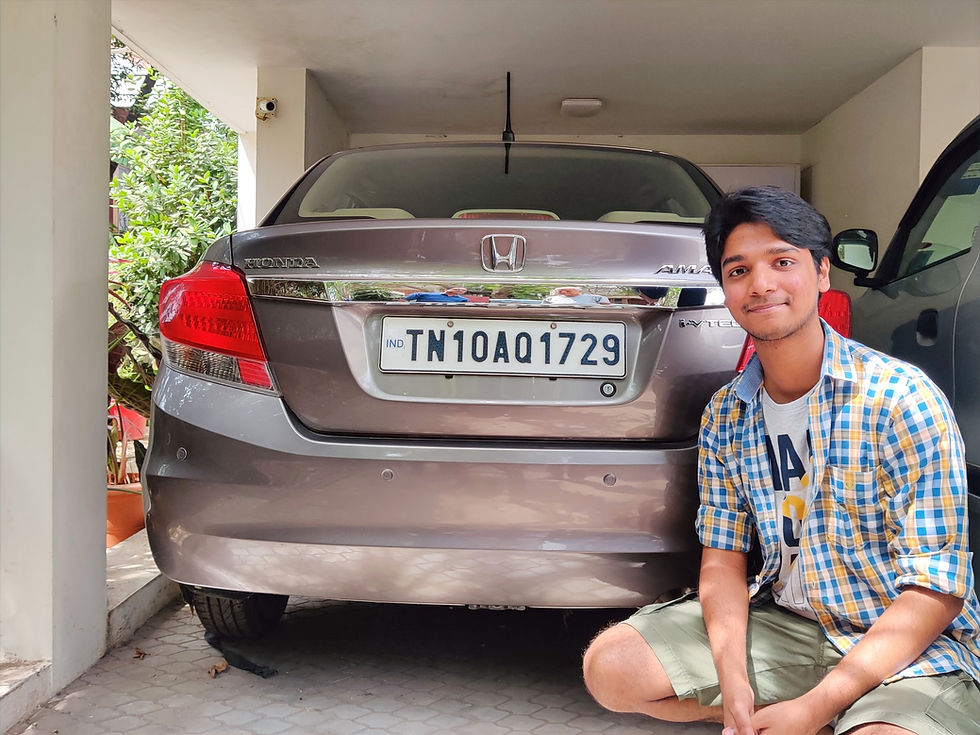1729 - The Rediscovery
- Simon Elias
- Mar 7, 2022
- 2 min read
The story of the number 1729 goes back to 1918 when Indian mathematician Srinivasa Ramanujan lay sick in a clinic near London and his friend and collaborator G.H. Hardy paid him a visit. Hardy said that he had arrived in taxi number 1729 and described the number “as rather a dull one." Ramanujan replied to that saying, “No, Hardy, it’s a very interesting number! It’s the smallest number expressible as the sum of two cubes in two different ways."
Ramanujan, in his ailing state saw that 1729 can be represented as:
1³ + 12³ = 1 + 1,728 = 1,729
9³ + 10³ = 729 + 1,000 = 1,729
Because of this incident, 1729 is now known as the Ramanujan-Hardy number.
(Source: LiveMint)
I had heard this fascinating story in my childhood and for some reason, it just stayed with me. Math was not my favourite subject but I was always inspired by the legends who had a curious mind and an eye for detail. Ramanujan was one such legend whose life was an example for those who believe that success is in following your passion. I take pride in Ramanujan's legacy, because I was born and brought up in Tamil Nadu like he was.
Sometime in 2015, when I dropped by to visit my uncle, Mr. Thomas Vaidyan (Retd. from MRF) who lives in Chennai, I noticed he had a brand new car in his garage. While the family gathered around the car to check out all the new features, I noticed something familiar. My attention was drawn to the number plate that had this iconic number and that was when I remembered this story. I was instantly happy and excited, that we had a car, with the same number just like in the story that led to the discovery of the Ramanujan-Hardy number: 1729, almost a century ago. Well my thoughts on this 'rediscovery' does not end here.
How did such a number, discovered by one of the greatest mathematicians in history go unnoticed by the Tamil Nadu government, when they charge a fortune for fancy car numbers? Perhaps like Hardy, they thought it was dull too.

Comentários